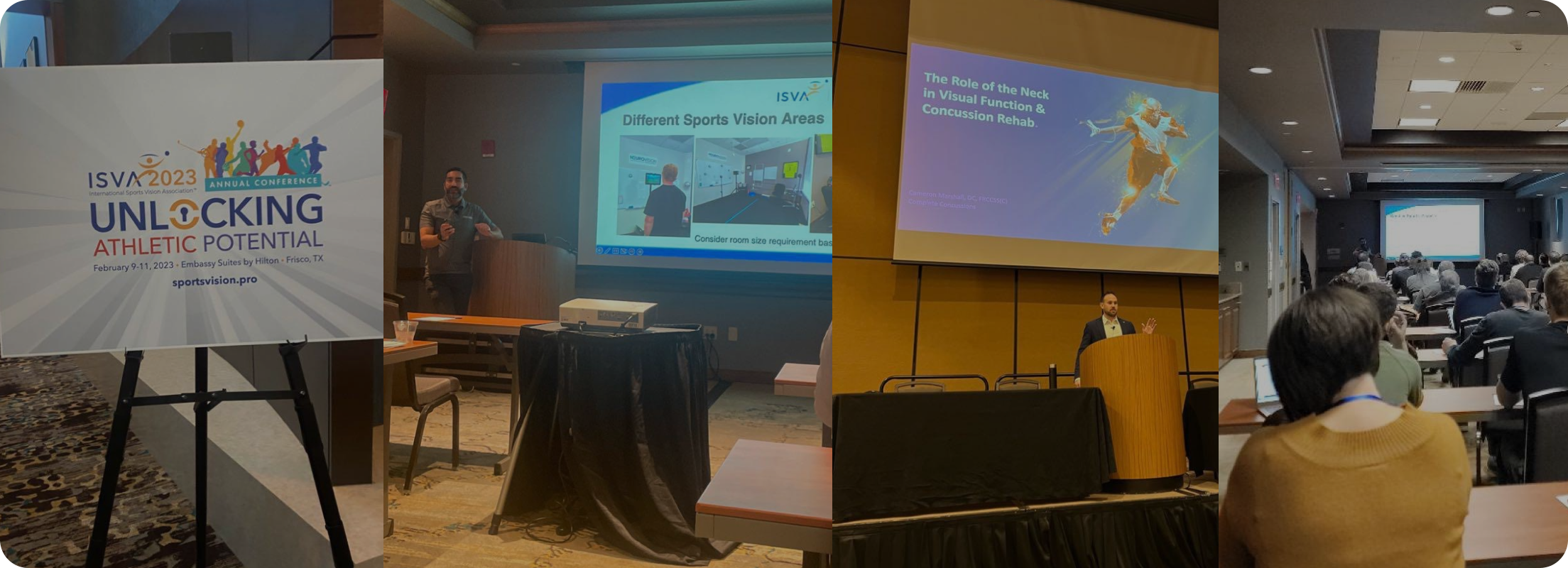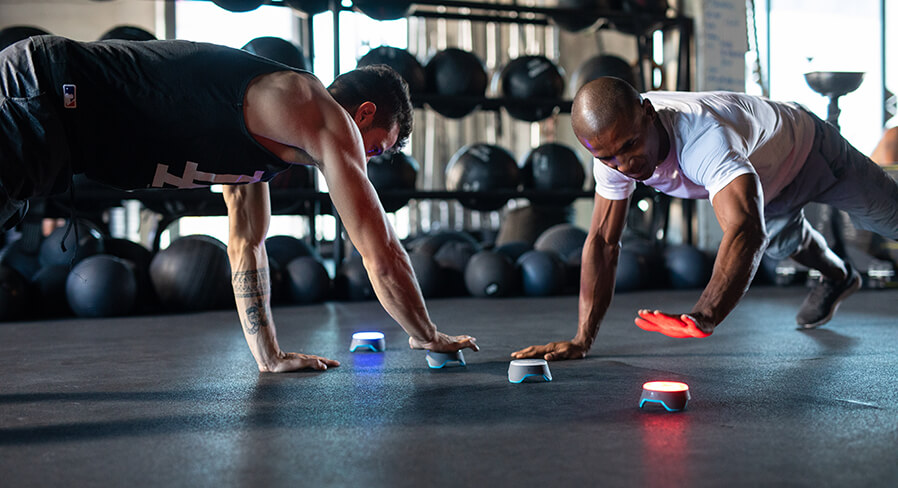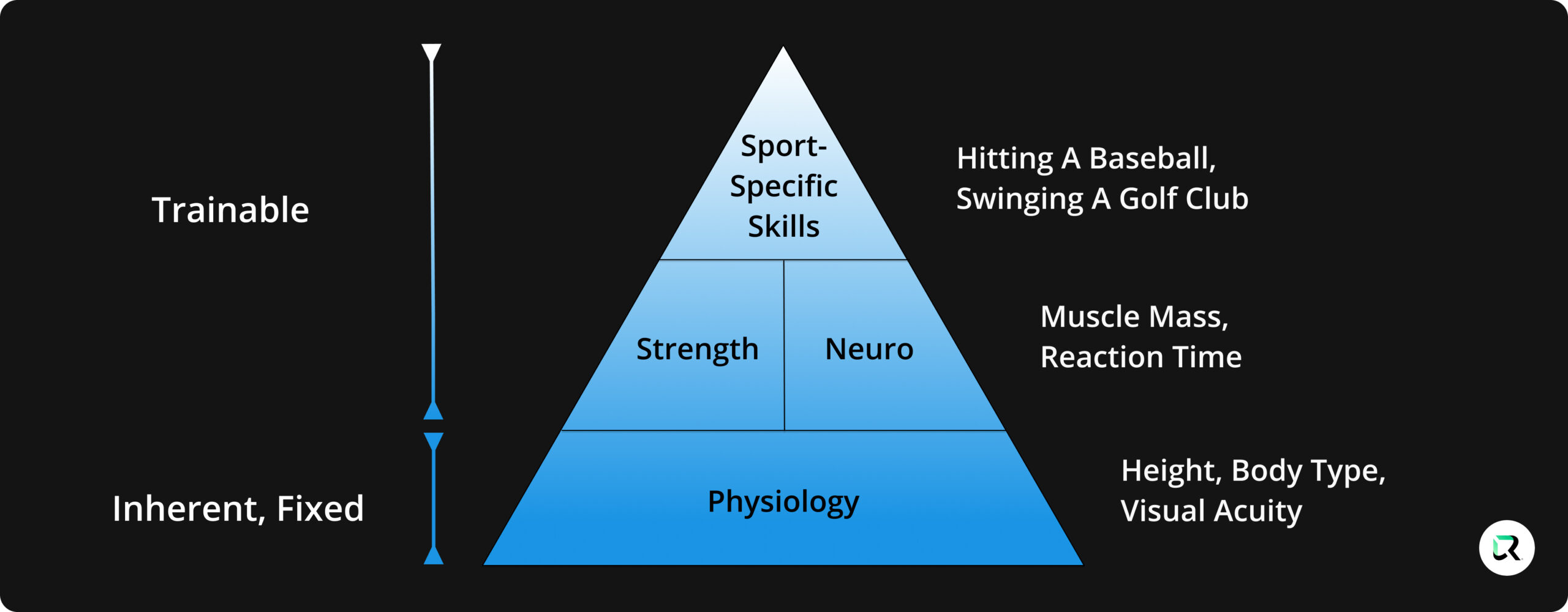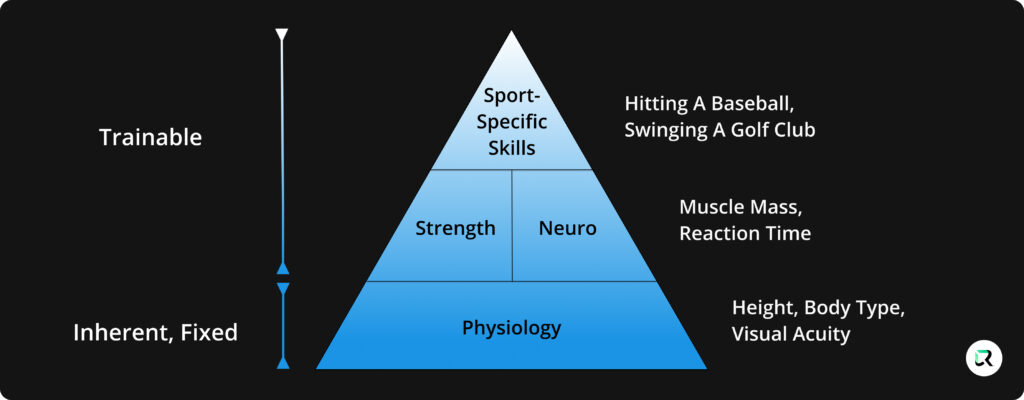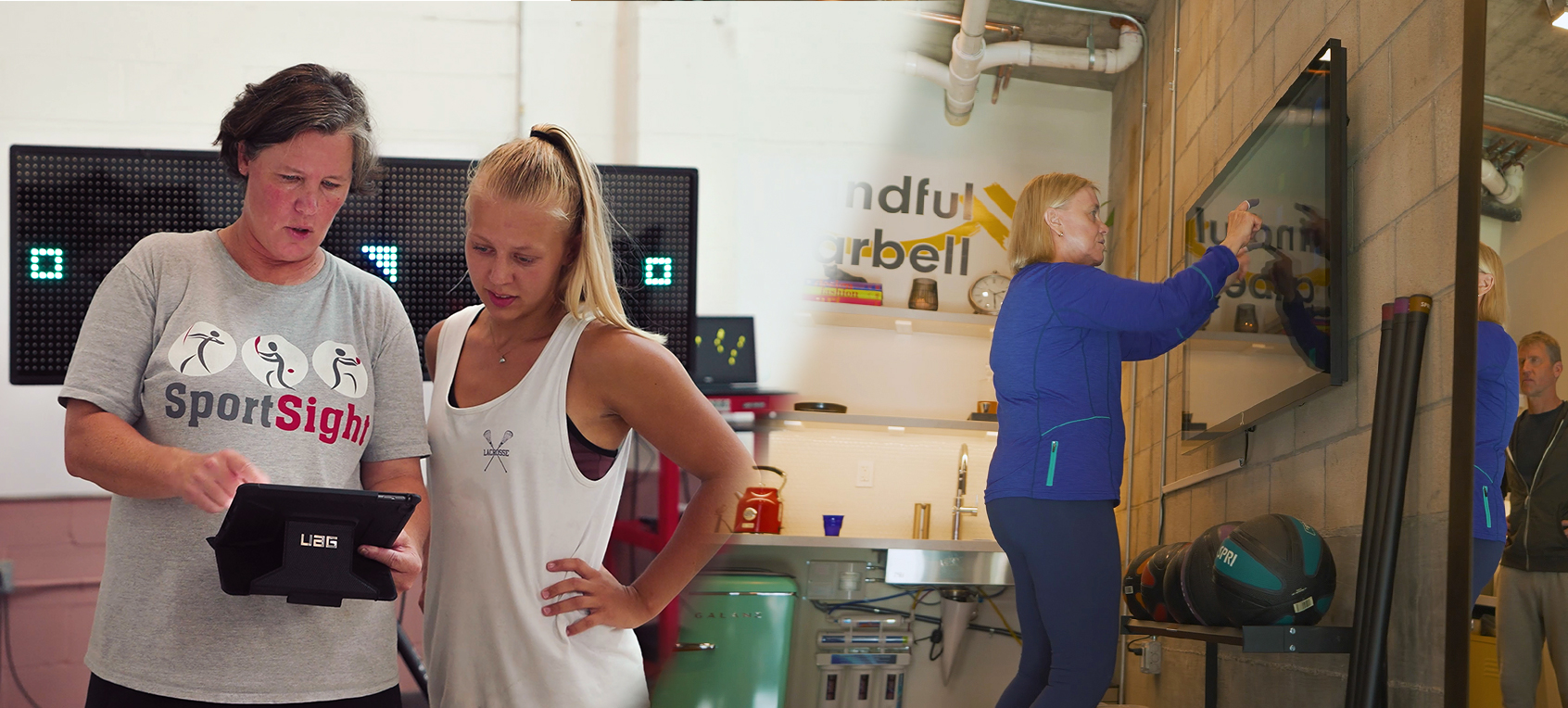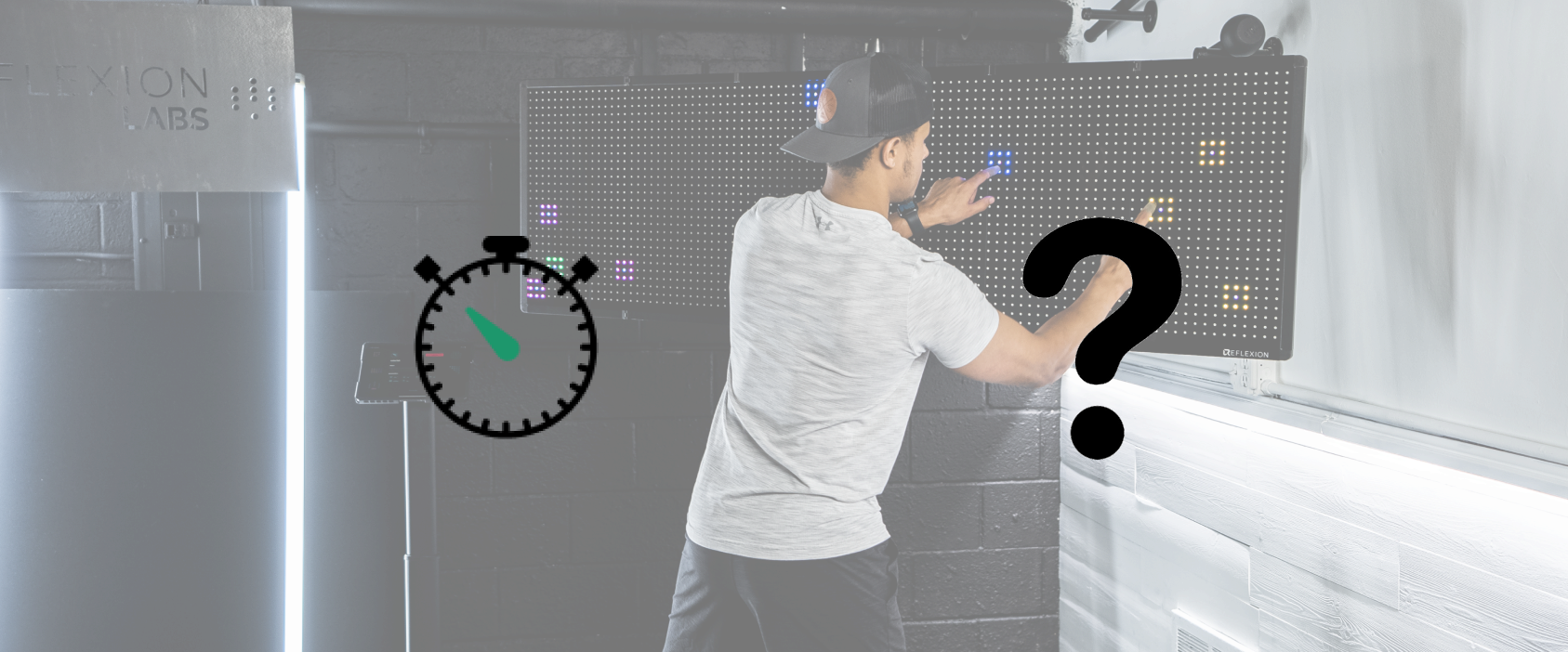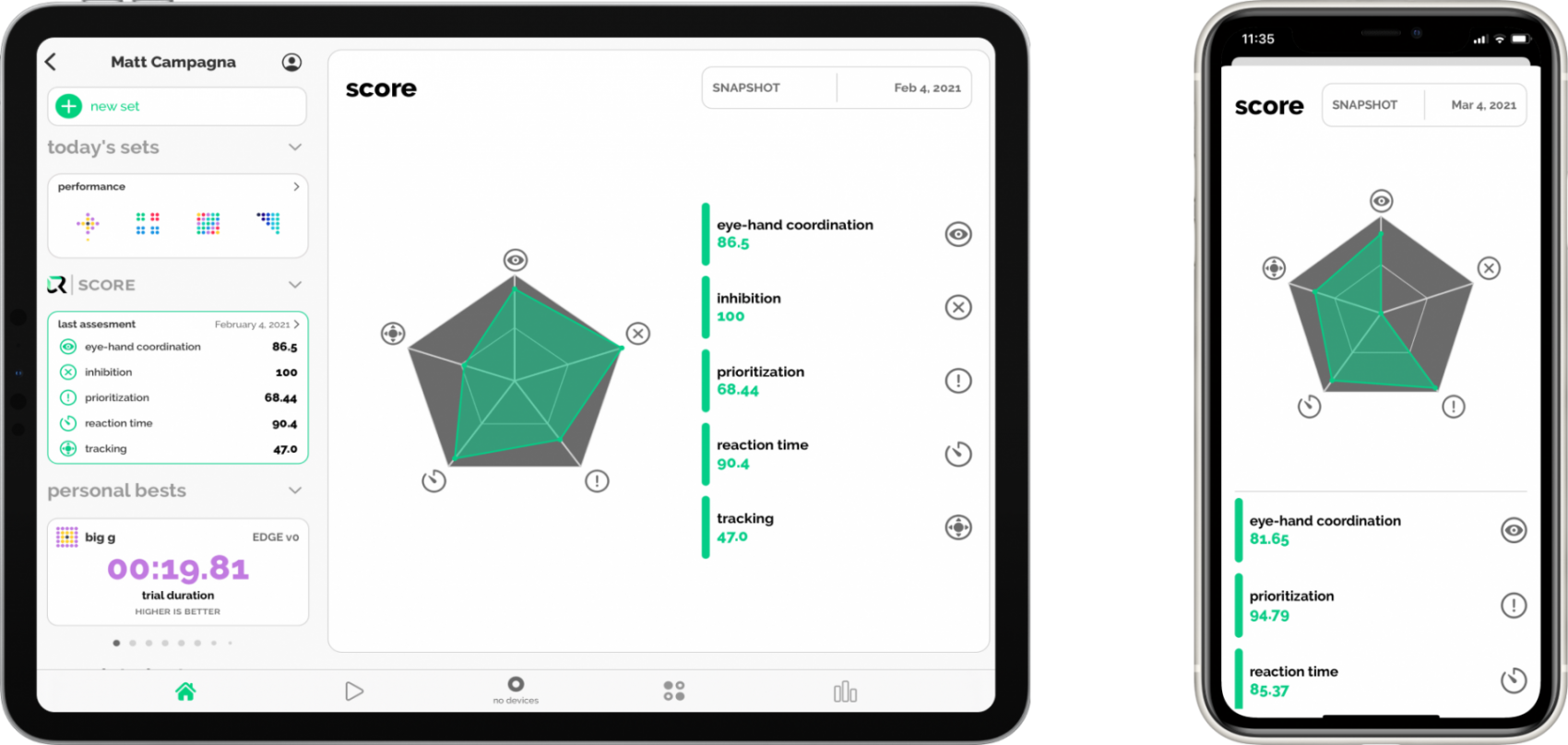This newsletter series is sent monthly, stay up to date by subscribing here.
For February’s newsletter, we wanted to focus on one of the sports vision industry’s top gatherings, the International Sports Vision Association (ISVA) conference. After 4 days in Dallas earlier this month, there’s much to report.
ISVA is truly a multi-disciplinary event, with attendees having backgrounds in optometry, concussion management, or sports & coaching. In particular, optometry has always played an important role in sports vision training.
History of Sport Vision Training
The original sports vision trainers were optometrists, or ODs, with backgrounds in vision therapy. With extensive education around the eyes and brain, along with the knowledge of how to correct visual issues, optometrists were distinctly situated to lead the development of sports neuro training.
Reflexion’s ancestor, the Wayne Saccadic Fixator, was the first ever commercialized reaction-light board and developed by optometrist Harry Wayne in the 80s and 90s.
A Paradigm in Background
We’ve been attending this conference since 2018, and even in that short time period, we’ve seen the crowd change from primarily ODs to a much more even mix of backgrounds and experiences.
We see this as part of the broader trend happening in sport, as the brain gathers more attention for the role it plays in performance.
Dr. Alex Andrich, former president and executive board member of ISVA, has noticed too. “The education was exciting this year. Talks were balanced with research and multidisciplinary approaches. This gave a different perspective.”
Let’s briefly look at two of the sessions.
“Injury to Recovery to Elite Performance” by Dr. Deanne Fitzgerald and Nicole Morris.
The takeaway of this talk is summarized by one point: 20/20 vision is not enough for an athlete.
Dr. Fitzgerald and Morris spoke of the need to assess and train athletes with specific drills in order to improve their visual judgment. They outlined a three-phase approach to sports vision training, beginning with reconditioning and vision therapy, followed by speed and accuracy drills, and finally sport-specific skills and drills.
This presentation also included hands-on training with Reflexion, Senaptec, and Fitlight.
“Optometric Management of Concussion in Athletes” by Kristine Dalton
There are various drills used for concussion rehabilitation, but quite a few factors that can influence the recovery process. It is worth noting that no single test can diagnose a concussion and unsurprisingly, a comprehensive evaluation is necessary.
The discussion highlighted the importance of rest, symptom scoring sheets, light therapy, sleep hygiene, diet, and other therapies in the recovery process.
The Takeaway
ISVA was a valuable conference to connect with others in the industry and learn the latest science on sports vision training
The ISVA board member gave me his aspiration for the next conference. “Our goal for next year is to make it even more hands on,” Dr. Andrich said. “[We want to provide] more time to go through technologies so attendees learn it practically.”
If you’re interested in exploring the sports vision, ISVA is a conference we highly recommend! We hope to see you there next year.
Til’ next time
Matt Roda
Not signed up for the newsletter? Do so here.

